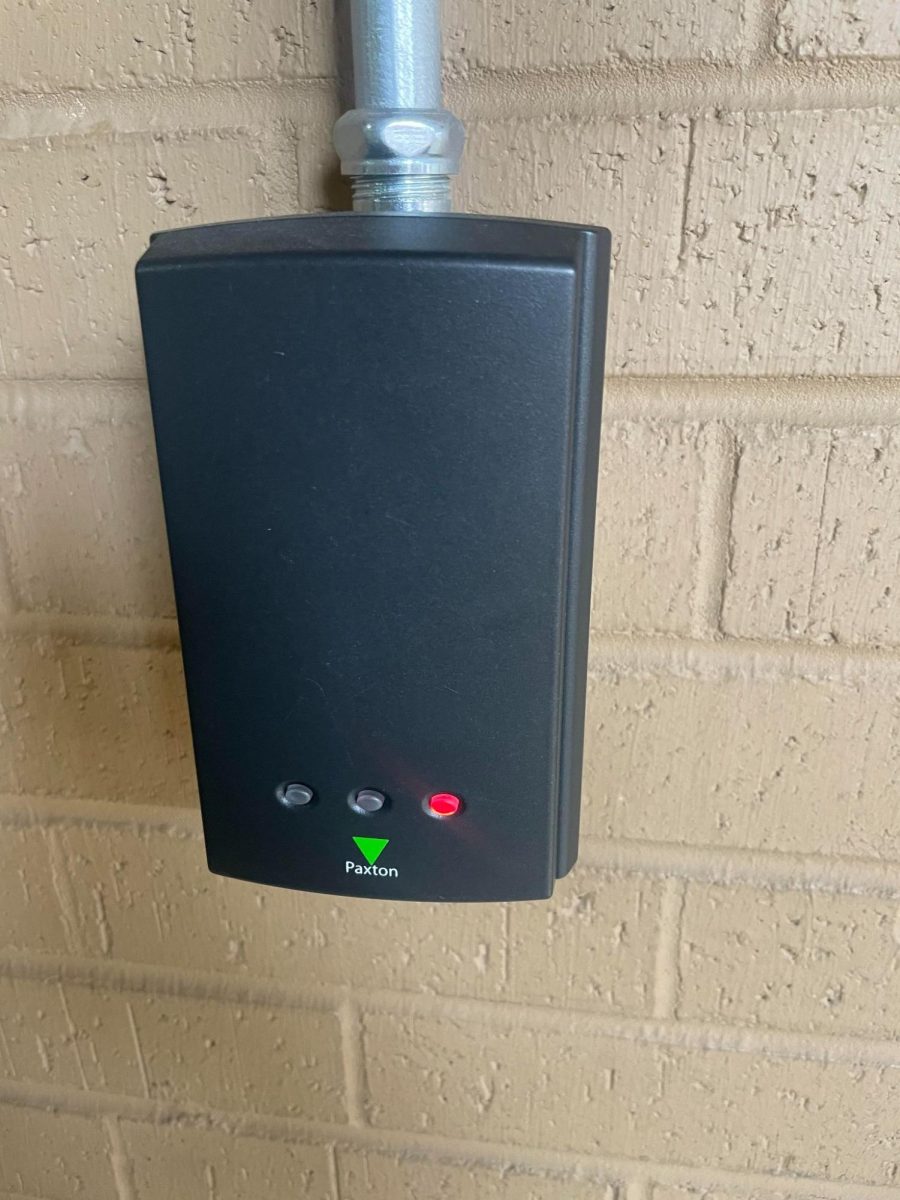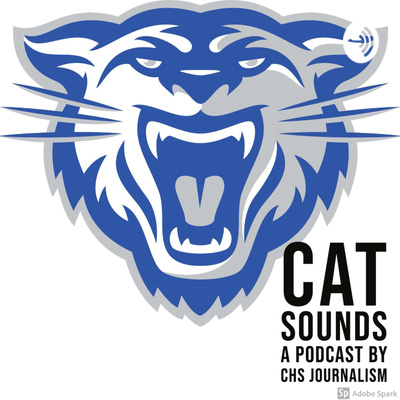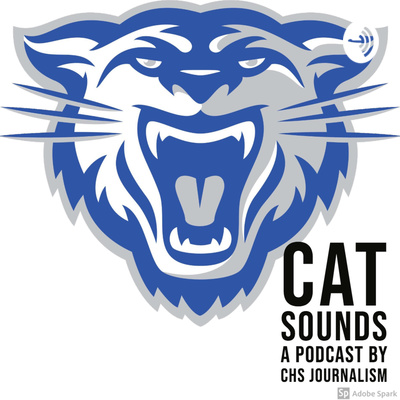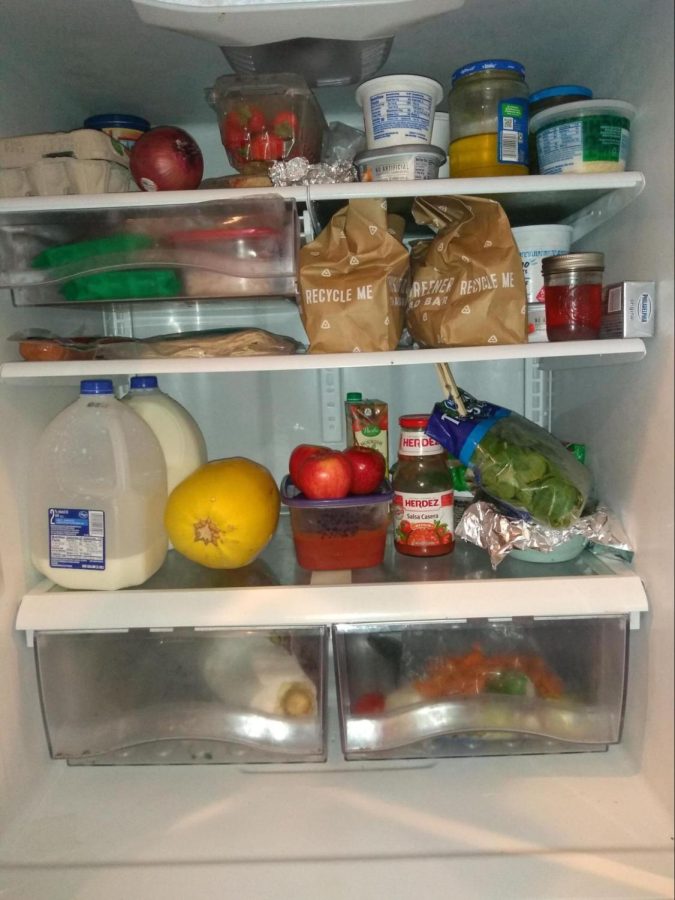What’s Really in our Food?
Americans should take a closer look at what they’re eating.
October 29, 2021
It’s no secret that the U.S. is fond of unhealthy food and eating habits. That’s part of why, according to the CDC, 42% of adults are obese in the U.S. But it’s not like junk food doesn’t exist in other countries. So what’s the difference? It has to do with the basic quality of food in the U.S.–”healthy” or not. One of the first differences is restrictions on suspected carcinogens. These suspected cancer causing agents, such as potassium bromate, are banned in food in the EU and Canada. However, this agent is still common in the U.S. in order to make bread rise higher and turn white. Types of yellow, red, and blue dye in food have also been banned in European countries due to their link to neurological problems and brain cancer. In the U.S, these dyes are FDA approved and widely used by food companies. Even more interesting is the food companies’ response to other countries having so many restrictions on food production. Since the EU demands higher quality food, large brands such as Quaker Oats and Mountain Dew produce healthier versions of their products (with less additives) to be suitable for the European market.
A second large difference is the United States’ use of GMOs. Products that are genetically modified organisms were immediately rejected by the EU countries. Crops modified to withstand harsh pesticides get sprayed with toxic chemicals such as glyphosate that soak into the skin of fruits and vegetables and can’t be washed off. According to the FDA, the majority of corn and soybean crops are GMO and act as ingredients in numerous processed foods as well as feed for animals that we also end up eating.
At the end of the day, the difference in quality is fueled by the mindsets of America versus other countries, especially the EU. When research and studies are conducted that suggest the dangers of certain chemicals or additives in food, many countries ban it from food production immediately. In the U.S, the additives and GMOs are allowed since most citizens don’t care about the difference anyways and the consequences are dealt with later.
Sources consulted for this article:
https://www.focusforhealth.org/the-american-food-supply-not-fit-for-european-consumption/
https://www.fda.gov/food/agricultural-biotechnology/gmo-crops-animal-food-and-beyond



































Clara Spivey • Oct 29, 2021 at 12:50 pm
I was honestly unaware of all of the different harmful chemicals that are in our food. Arden’s story really educated me by providing factual evidence on how different chemicals can cause cancer and other subjects of harm to humans.